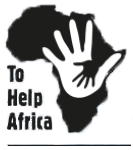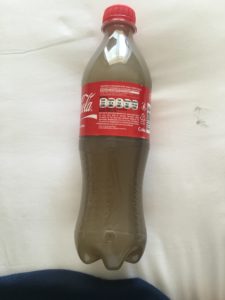18 Sep Life Without Water and Electricity
We lived a week in the village. Living conditions difficult to accept every day. Houses do not have access to water or electricity. Usually, there are three rooms on the floor, made of branches and ground, which is similar to clay, the roof is made of palm leaves, covered with some tarpaulin.
What did we eat?
We spent six days there, we met not only the life of children, but also the life of the adult Maasai, which is rolling field field, which is very calm, slow. Alexa’s sisters dealt with meals. We decided to eat what hosts for a few days. The breakfast consisted of bread and tea with spicy spices, plus milk and a large amount of sugar. For a polenta lunch – I ate some ground beef brought from Poland. Dinner is usually rice or polenta served with a wonderful sauce based on vegetables, but when I saw the water in which they cook, I turned pale.
What did we drink?
It was darker than our morning tea. We immediately explained to them that we can not drink this water because we are not immune to their bacteria and we can get sick. They decided it was normal for us to cook separately from bottled water, which we purchased in large quantities. During a walk around the area we saw a lake – they called it, it was a 200 × 200 m waterhole. It is the main source of water for everyday use. From this “lake” they took water to drink – its color as shown in the picture. I will just add that the use of this water is payable.
Robert


